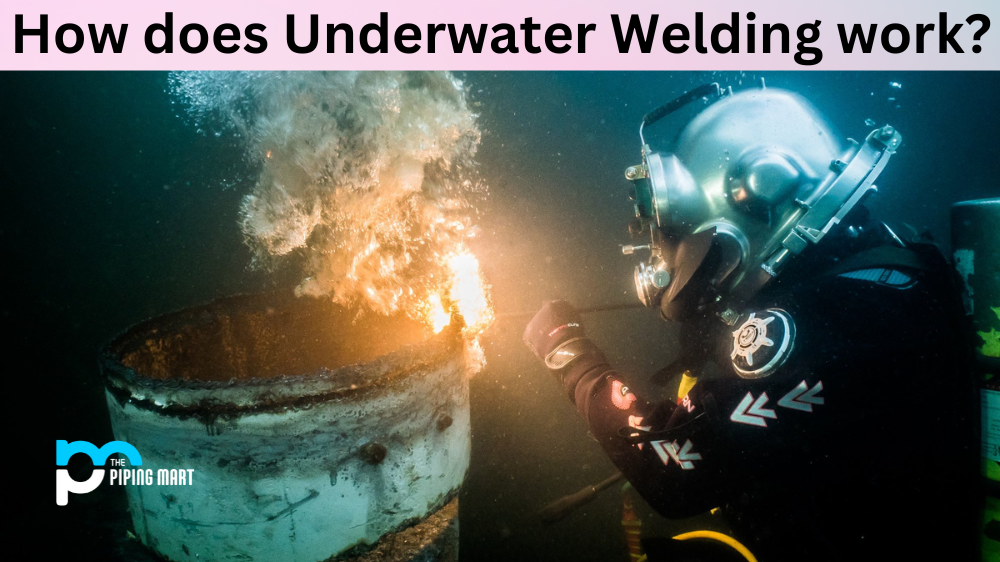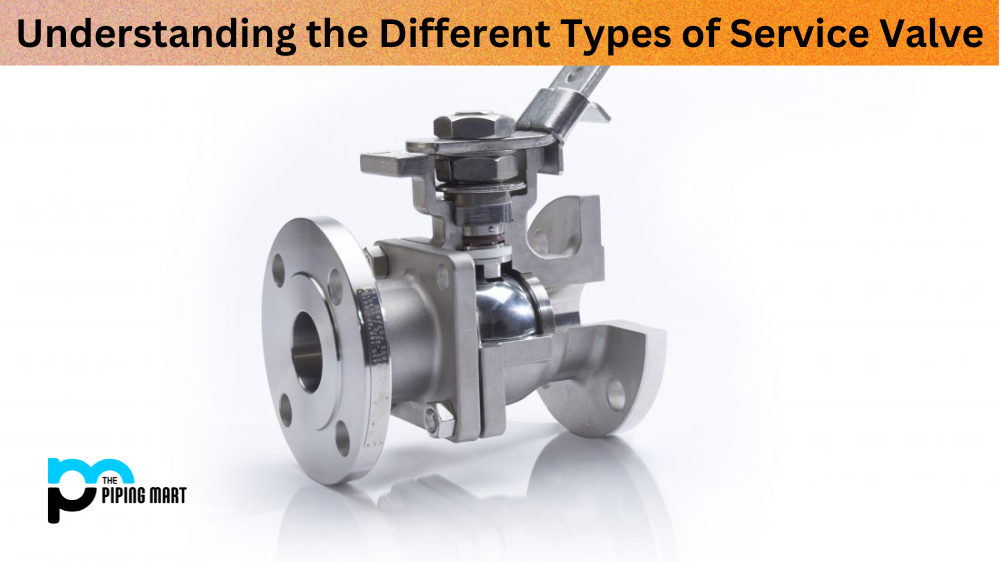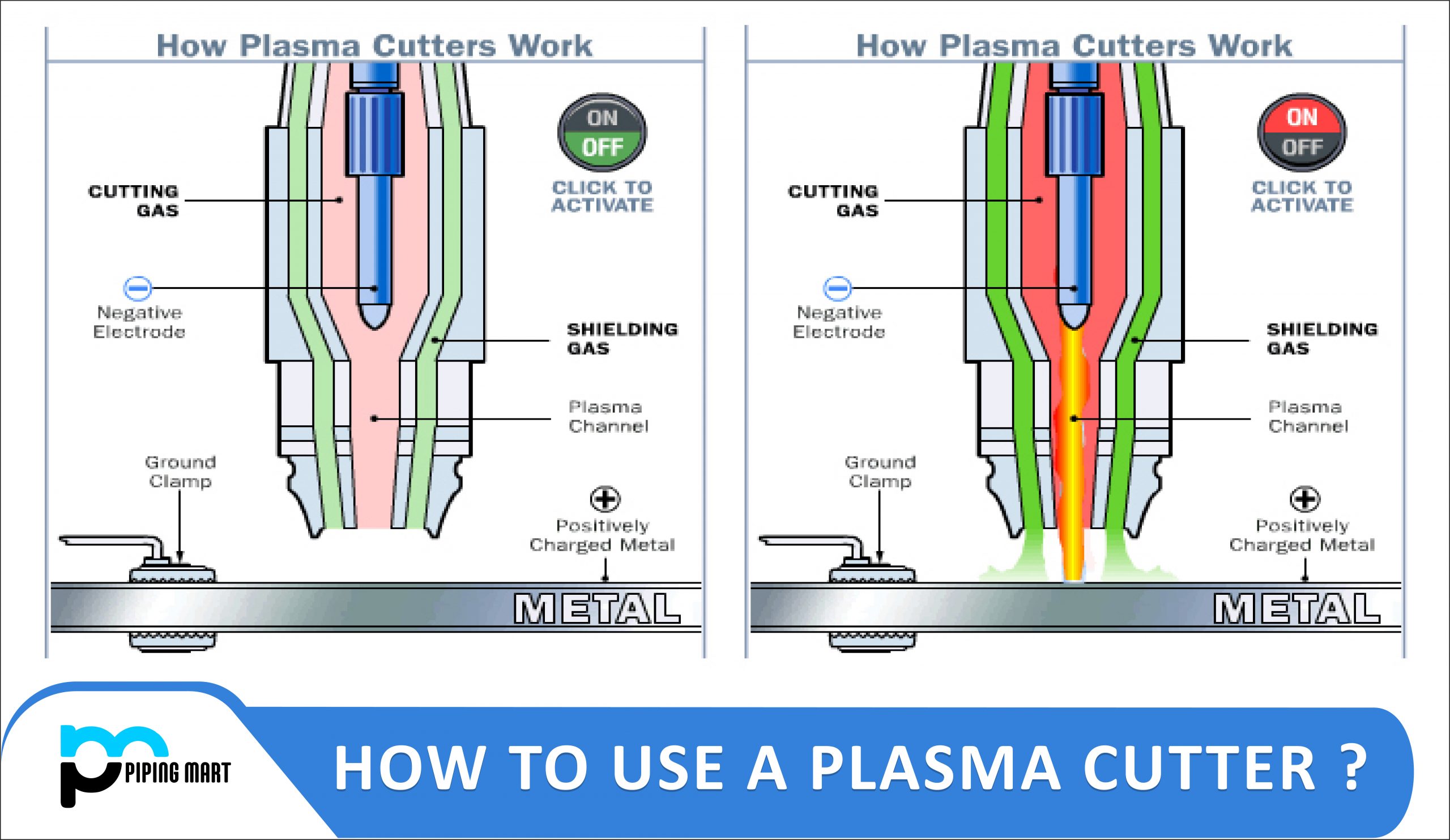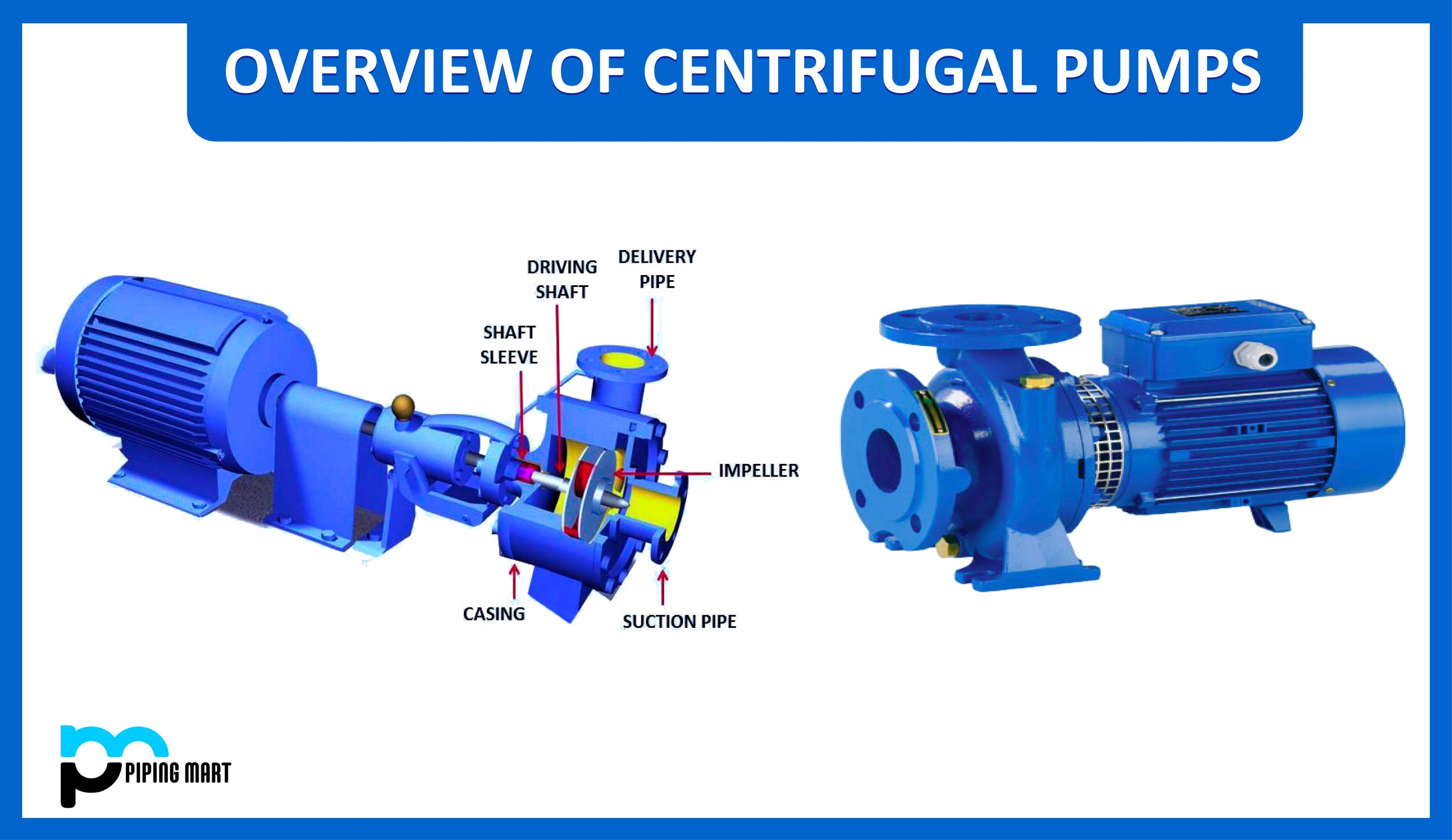Underwater welding is a remote profession that can be extremely dangerous and fascinating, requiring significant skills and experience. Welding is joining two surfaces through heat and/or pressure. Underwater welding works similarly, only that it involves welding in water. Welding underwater was first used for repairs in the oil and gas industry. This blog will examine how underwater welding works, the Equipment used, and the risks involved in this job.
What is Underwater Welding?
Underwater welding is a process performed by divers who are skilled in welding. The process involves welding metals beneath the water using a combination of electric current and a heat source. There are two types of underwater welding – wet welding and hyperbaric welding. Damp welding is done while the diver is submerged in the water and can work up to 20 meters. Hyperbaric welding is done in a dry welding chamber, lowered to the seabed where the welding must be done. This type of welding can be done at greater depths than wet welding.
What Equipment is Used for Underwater Welding?
Welding underwater is a challenging task. The Equipment must be secured against water pressure, and the welder must have the necessary skills and experience. The Equipment includes:
- An electrode holder.
- An underwater welding machine.
- Welding cables.
- Welding electrode rods.
- An underwater welding mask that protects the welder’s eyes.
In addition, the diver must have the right diving gear, including a wet suit, gloves, boots, a safety harness, and a diving helmet.
What are the Risks of Underwater Welding?
Underwater welding is a risky profession that requires specific training, knowledge, and skills. The risk involved in underwater welding includes electrical shock, explosion, fire, and decompression illness. Other hazards include drowning, entanglement, hypothermia, and nitrogen narcosis. Due to these risks, a rigorous safety procedure must be followed to ensure the welding process is performed safely.
Conclusion
In summary, underwater welding is a remarkable profession requiring significant skill, experience, and courage. The process involves welding metals beneath the water using a combination of electric current and heat source. Welding underwater is a high-risk job and requires proper training, appropriate eqEquipmentand a rigorous safety protocol to ensure the welder’s safety. While this profession is demanding, underwater welding continues to play an essential role in marine industries like offshore oil and gas, shipbuilding, bridge construction, and many more.

Abhishek is a seasoned blogger and industry expert, sharing his insights and knowledge on various topics. With his research, Abhishek offers valuable insights and tips for professionals and enthusiasts. Follow him for expert advice on the latest trends and developments in the metal industry.




